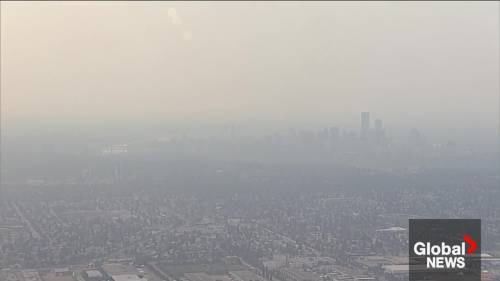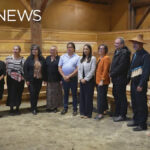As a haze of orange smoke blankets communities from British Columbia to Ontario, Canadians are facing more than just temporary discomfort from wildfire smoke. The long-term health implications of repeated exposure to these airborne particles present a growing concern that medical experts are only beginning to fully understand.
“What we’re witnessing isn’t just a seasonal inconvenience anymore,” says Dr. Sarah Thompson, a respiratory specialist at Toronto General Hospital. “With climate change intensifying wildfire seasons, we’re looking at a potentially chronic health issue that could affect millions of Canadians for years to come.”
The immediate effects of wildfire smoke—burning eyes, scratchy throat, and difficulty breathing—are well documented. However, research from Health Canada suggests that repeated exposure to fine particulate matter (PM2.5) contained in wildfire smoke may lead to more serious long-term consequences, including increased risk of respiratory diseases, cardiovascular problems, and even premature death.
Particularly concerning is the impact on vulnerable populations. Children, whose lungs are still developing, may experience stunted lung development when repeatedly exposed to poor air quality. Seniors and those with pre-existing conditions like asthma or COPD face elevated risks of hospitalization during smoke events, with each exposure potentially causing cumulative damage.
“We’re seeing patients who’ve never had respiratory issues suddenly developing chronic conditions after significant smoke exposure,” explains Dr. Raj Patel, pulmonologist at Vancouver General Hospital. “What’s most alarming is that these effects can persist long after the skies have cleared.”
The economic impact is substantial as well. A recent analysis estimates that healthcare costs related to wildfire smoke exposure in Canada could reach $5.9 billion annually by 2030 if current climate trends continue, placing additional strain on an already burdened healthcare system.
Provincial health authorities across the country are now developing long-term monitoring programs to track population health in regions frequently affected by wildfire smoke. These initiatives aim to better understand the cumulative effects and develop targeted interventions for at-risk communities.
Health experts recommend that Canadians in affected areas invest in home air purifiers with HEPA filters, limit outdoor activities during poor air quality days, and consider wearing N95 masks when venturing outside. Creating a designated “clean room” in homes—a space with filtered air where family members can retreat during the worst smoke events—is also becoming standard advice from public health officials.
“This isn’t just about surviving this summer’s fires,” notes Dr. Thompson. “It’s about adapting to what may become our new normal and taking proactive steps to protect our health for decades to come.”
As wildfires become more frequent and intense across Canada, the question remains: are we prepared to address not just the immediate dangers of these events, but also their long-term health legacy that may affect generations to come?

























